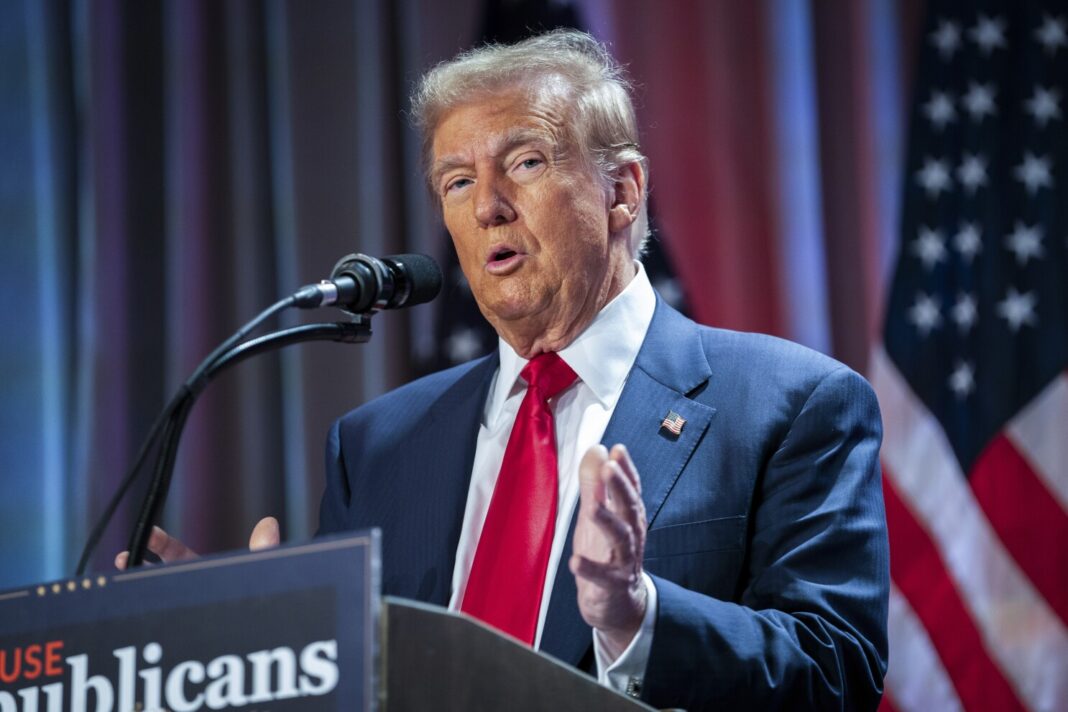The United States tariffs on Mexico, Canada and China will affect international trade, and therefore the Panama Canal, and will raise prices in Central America, which will have to “reposition” itself by promoting regional integration and nearshoring, analysts told EFE.
The president-elect of the United States, Donald Trump, announced a 25% surcharge on all imported goods from Mexico and Canada, as well as an additional 10% tariff on Chinese products, until these countries – which are its main trading partners – stop the arrival of illegal immigration and drugs.
The effect on the Panama Canal
The Panama Canal is an important route through which about 3% of world trade passes. Its main client is the United States, which accounts for two-thirds of the tonnage that crosses it, followed far behind by China and Japan.
Panamanian economist and professor Felipe Argote told EFE that the tariffs announced by Trump could “have a negative effect” on the Panamanian interoceanic route “based on the reduction of world trade,” which may be an expected consequence of that measure.
“When the United States increases tariffs, this has effects on the world economy. This would be a return to the economic model of the 1970s, the so-called import substitution system, where each country closed itself to imports and what happened was a global disaster. And after globalization, this is even worse,” Argote said.
In a comment sent to EFE, the Panama Canal indicated that “in the past, despite the trade differences between the United States and China, the performance of the Panama Canal has remained solid. However,” it adds, “world maritime traffic and global trade policies that could impact” the operation of the route, which links the Atlantic with the Pacific, are constantly monitored.
Imported inflation in Central America
In the United States, an inevitable effect of trade barriers will be the escalation of inflation, Panamanian economist Carlos Araúz told EFE, an extreme that Argote also highlights when pointing out that Trump’s tariffs, combined with his promise to expel millions of immigrants, will make labor even more expensive in that country.
And in that context, Central America will be affected because it buys a lot from the United States and “will receive imported inflation” from the United States.
The United States is the main source of imports for Central America, with a total of US$31.5 billion dollars in 2023, followed by China (US$15.9 billion dollars) and Mexico (US$8.09 billion dollars), according to the Central American Trade Statistics System.
More regional integration and ‘nearshoring’
According to Araúz, the United States “is going to make the world go back 100 years in terms of trade” with a tariff policy that will be unsustainable and will lead to “very complex times,” which is why “it will eventually change.”
“And while that happens, Panama and the region have to reposition themselves. Interaction and integration in Central America and the Caribbean is important, and also ‘nearshoring,’ specifically towards the South, but also towards the European Union and Western Europe,” he adds.
‘Nearshoring’ occurs when a company moves part or all of its production closer to the final consumer.
In this scenario, Argote adds, there may be “some restructuring,” with buyers in Latin America beginning to “prefer to buy from China, which is advancing globally due to a series of factors, such as cheap labor and technology.”
Chinese companies could “set up redistribution centres in Latin America, and the Colon Free Trade Zone in Panama is an excellent location for that, as long as they change their operational structures,” he added. (EFE)



































